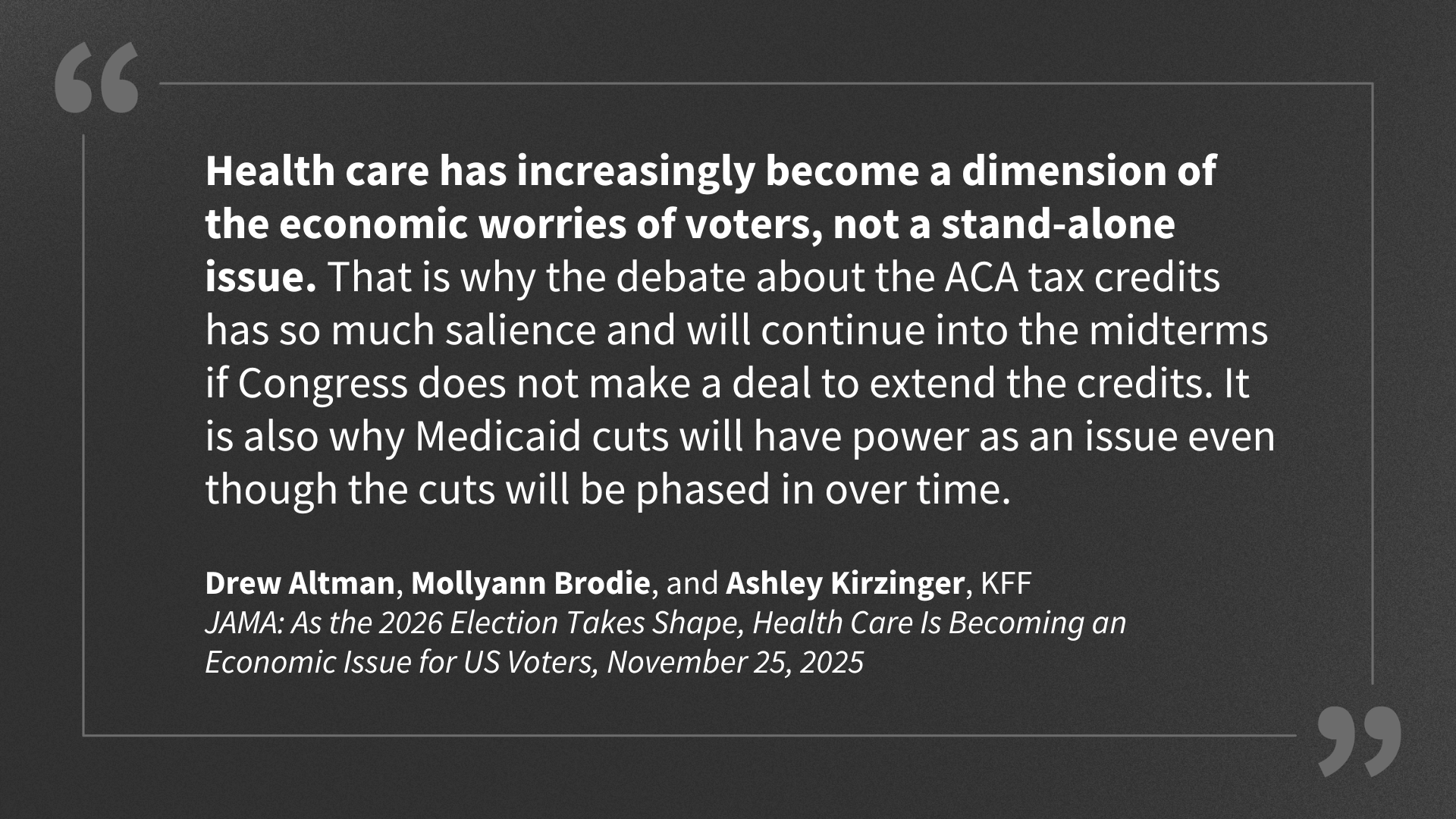We have a housing crisis in the United States that has as much to do with the types of housing available as the quantity. Builders construct luxury McMansions because they are more profitable than middle-income housing. Seniors can’t move out of their single-family homes because there are few alternatives nearby. Both factors limit the supply and thus increase the cost of housing for young families.
I recently had a discussion with Catherine Buell, the former director of Amazon’s Housing Equity Fund, about alternative types of housing that can enhance the lives of baby boomers and younger people as well. She started by discussing the contrasting housing markets faced by prospective home buyers of different ages.
“Many boomers own their houses outright, and quite frankly, for better or for worse, they were able to take advantage of the 2-3 percent mortgage rates. So, homeownership in their world was abundant and inexpensive. For those who are coming into the system today, it is unattainable.”
Part of the problem Buell explained is that there is not a next step for baby boomer homeowners. “If you’re a boomer, you own a home that’s 3,000 to 4,000 square feet and you want to move to a 1,500 or 2,000 square foot home in a walkable neighborhood, you’re competing with a lot of younger families who see those homes as starter homes and there’s not the availability of those homes on the market.”
Some Alternatives
Potential solutions include, Buell says, creating housing that accommodates older bodies with wider hallways and no stairs in walkable neighborhoods. Fortunately, this approach is beginning to be adopted in some places with the development of “wellness” communities.
Buell cited Serenbe in Atlanta as an example. “It’s a golf cart community that really emphasizes wellness and biophilic design and also social interaction. And it has something in the air that just makes you feel better.” These communities are for all ages but work well for residents as they grow older.
Part of their design helps fight loneliness. “One of the first buildings they built at Serenbe was a coffee shop with an oversized meeting space as opposed to your community meeting room, so creating a place where people would naturally congregate. We’re starting to see social clubs gain in popularity, so don’t think senior center, think social club where people can come in style, hang out and talk to their neighbors.” (One caveat about the Serenbe example is that it is not a solution to the affordability problem, as their housing options do not appear to come cheap.)
Creative solutions require changes in zoning laws, some of which restrict how many unrelated family members can live in the same housing unit, which bars a Golden Girls solution of a number of older people living together and supporting one another. “But honestly, I don’t think that a lot of lawmakers and folks who are having these conversations are really thinking about the shift in demographics and what that means for their jurisdictions. It’s quite natural for people to want to protect their property values and not see large scale redevelopment come into a community that has a very different character. But starting to think a little bit outside the box of what can create more opportunities for people to live better in their home communities.”
In addition to wellness communities, Buell sees other creative solutions enabling aging baby boomers to share their homes that are too large for them. One is PadSplit, in effect an Airbnb for roommates that connects “people looking for an affordable place to live with property owners who have private rooms for rent.”
Housing and Health Care
Buell pointed out that if we don’t create appropriate housing for seniors, it will exacerbate the coming elder care crisis. If aging baby boomers don’t have the support they need where they live, they will rely more heavily on the health care sector. “Our public health resources are stretched already. With the aging market and increasing costs in healthcare, there is a double whammy. Our healthcare systems cannot afford to have everybody age in place.”
A Call for Action
“I’d like to see more options on the table now so that we have a number of different choices,” Buell concluded. “And this is a personal issue for me. A number of my sisters and aunts are starting to retire and there’s just not a lot out there for them. I worry about their quality of life in their “third trimester.” They’ve done such great, interesting work their entire lives. They’re all at different levels of the income spectrum and some who are doing quite well financially, but even for them quality of life is lacking because we don’t have alternative housing and community development solutions.”
For more from Harry Margolis, check out his Risking Old Age in America blog and podcast. He also answers consumer estate planning questions at AskHarry.info. To stay current on the Squared Away blog, join our free email list. You’ll receive just one email each week.
Publisher: Source link









